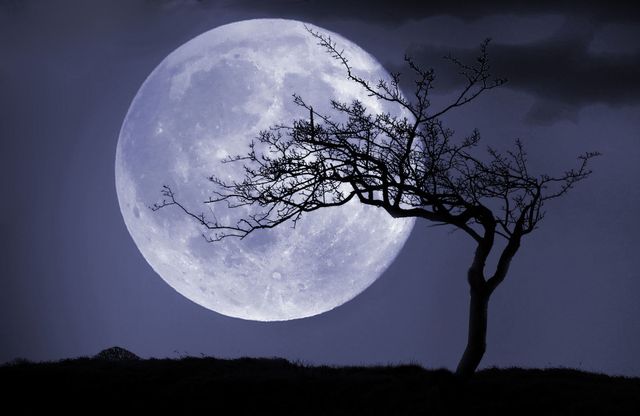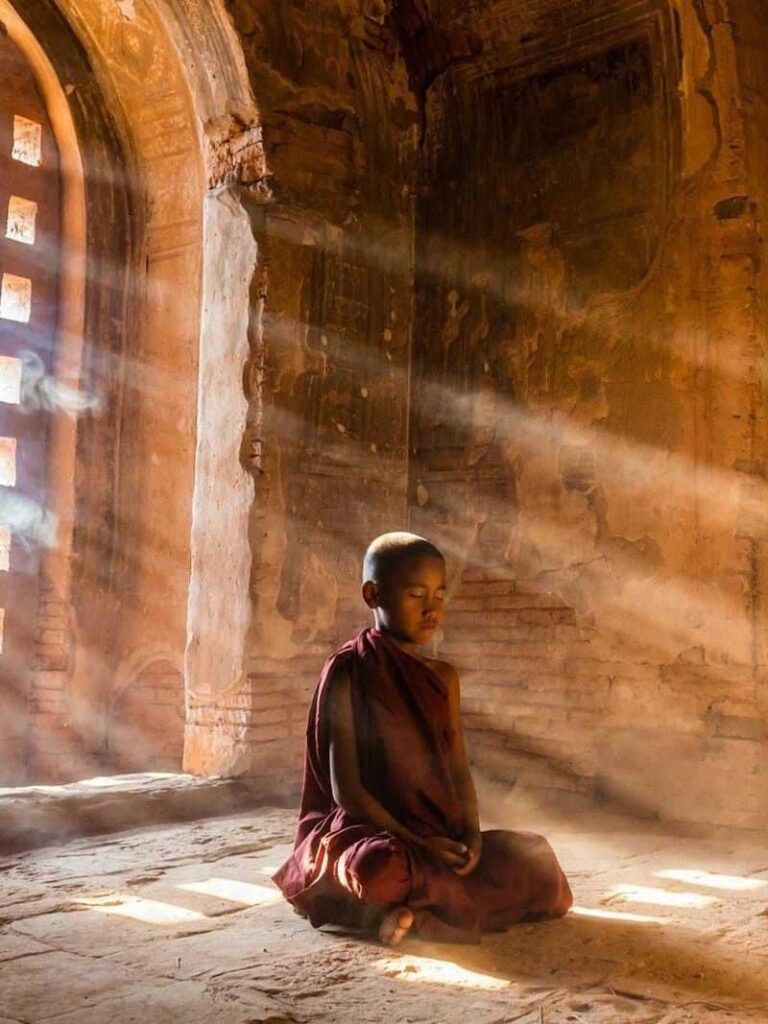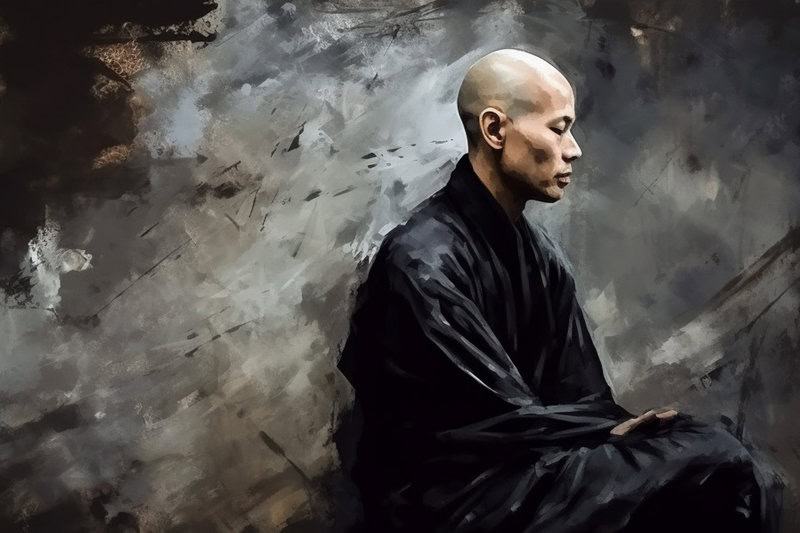In response to the notion that:
whenever we use words, we already operate on relative level 🙂 Words are just fingers pointing to experiential meaning in both cases.
I’d entirely agree with you in the sense that the word itself, i.e. the concept, can only be a relative truth, from the two truths perspective of Kagyu dharma. And as in my previous reply to *****, whether it is ‘body’ or ‘my body’ it makes no difference, as both are concepts. But, the concepts have both relative and ultimate existence – they appear to the mind, and they also have no inherent existence.

Fingers pointing to the moon
such a word as “ultimate” can relate only to an abstraction (or to another pointing finger).
I’m not sure I understand your meaning here, can I check? If you are saying that words such as ‘ultimate’ can only point to an abstraction, i.e. to a concept, then I’d disagree from a commonly understood Kagyu perspective. Of course it is true that all words are concepts, and that they therefore are only relative, and that ultimately there is nothing that can be said about the ultimate. Saying something is always false, or mistaking the finger for the moon.
But, and again it’s a big but, the Buddha has always used skilful means to point out the moon, he has always used concept to point towards that which cannot be named or described ….. as a skillful means. And if we wish to ‘see’ which direction to ‘look’, then we must use concepts and skilful means to get the ‘direction’.
So in that spirit Kagyu teachings employ a range of methods to help prepare the ground for a direct seeing of how things are. And one of the most useful of those maps is that of the two truths, which leads us to talk in terms of relative and ultimate truth.
Or perhaps you meant something else I didn’t get when you said that ‘ultimate always relates only to abstractions’?
Mantras and Sambhogakaya
About mantras – formally speaking, they relate to Sambhogakaya aspect (pure forms), which in my understanding is still relative, at least by its appearance and use in practice.
I’d like to present a different view here. There is indeed a symbolic correspondence made between mantra and Sambhogakaya, which rests on the Vajrayana view of the correspondence between body, speech and mind being the basis for Nirmanakaya, Sambhogakaya, and Dharmakaya, and that our actions of body, speech and mind form the basis for our developing the realisation of Nirmanakaya, Sambhogakaya, and Dharmakaya. But, that correspondance doesn’t mean that mantras only have a relative existence, does it?
When you say a mantra, do you say it at a Sambhogakaya level? Only if you’ve achieved that realisation, right? Otherwise, it’s said within the context of deluded mind. And, when saying the mantra, it has both a relative *and* an ultimate existence – it’s appearance to the mind is its relative reality, and its ultimate nature is its lack of any inherent existence. When you watch the mantra as it’s sound, or form appears to the mind, it does not have anything you can ultimately grasp, but, it certainly does appear to the mind, so it’s both relative and ultimate.

Sambhogakaya – relative and ultimate
Regarding Sambhogakaya as being relative – yes, it relates to appearance – the appearances that can only be perceived by highly developed beings, and so it can be said to be relative truth and grouped together with the nirmanakaya. And then the distinction is made with Dharmakaya, which pertains to ultimate truth, always. But, sambhogaka and nirmanakaya both have relative and ultimate existence, do they not? They appear to the mind (whether highly realised in the case of sambhogakaya, or less so in the case of nirmanakaya) and so have relative existence, but they also have ultimate existence, in that they lack inherent existence. So Sambhogakaya has both relative and ultimate existence, does it not?
So, in my limited understanding, both visualizations and mantras do operate on relative level.
Yes indeed, they are appearances in the mind, but they also have ultimate existence, as per the above. Certainly visualisations, in the sense of creation stage practices, work specifically with the luminosity aspect of the mind, and therefore with the arising with appearances, and are particularly angled at working on that aspect of the mind. Whereas the completion stage is more directed at working on the emptiness aspect of the mind. So visualisation and mantra in creation stage are more directed at the relative aspect of the mind.
I wonder if these different perspectives resonate with you?
Once again many thanks for continuing this discussion, and best wishes in your practice too!




